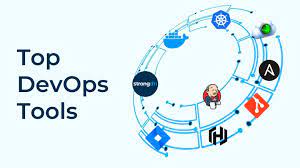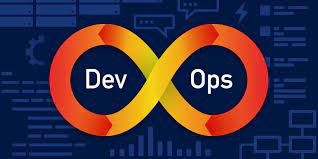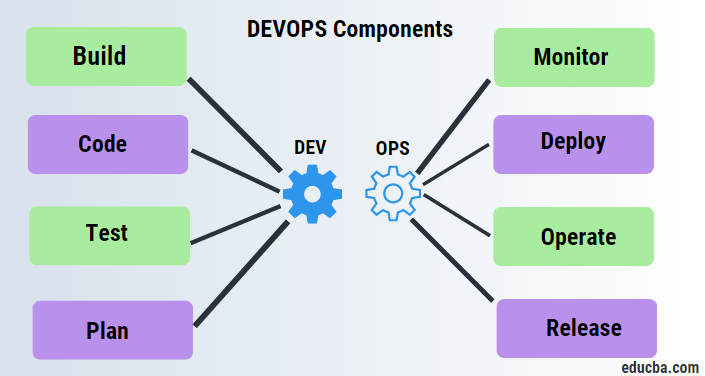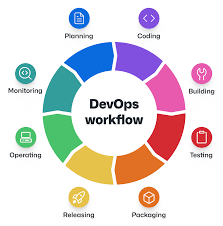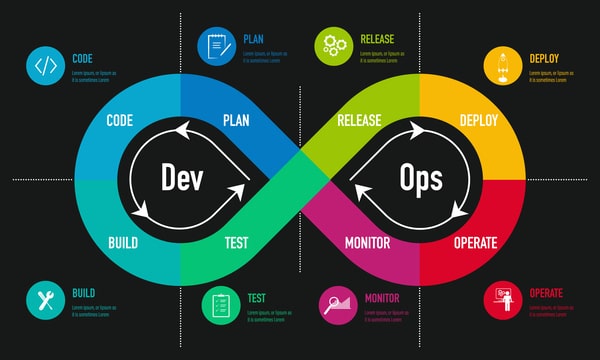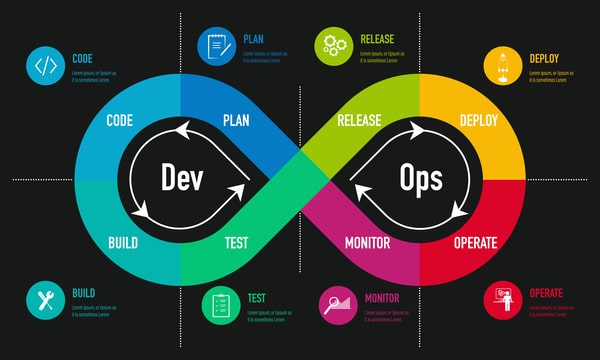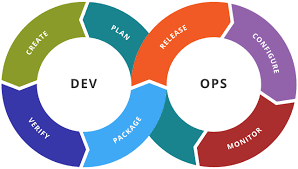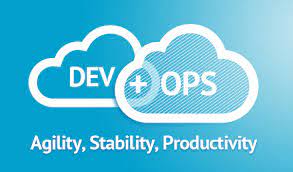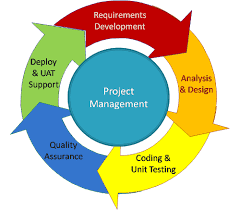26
Nov
When it comes to orchestrating DevOps processes, there are several essential tools that can help teams streamline their workflows, automate tasks, and facilitate collaboration. Version Control Systems (VCS): Version control systems, such as Git, enable teams to manage and track changes to their codebase efficiently. VCS allows multiple developers to collaborate on code, maintain different branches for features or bug fixes, and easily roll back changes if needed. Continuous Integration/Continuous Delivery (CI/CD) Tools: CI/CD tools automate the process of building, testing, and deploying software changes. Tools like Jenkins, Travis CI, and CircleCI help teams integrate code changes frequently, run automated…
